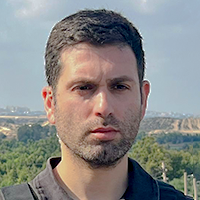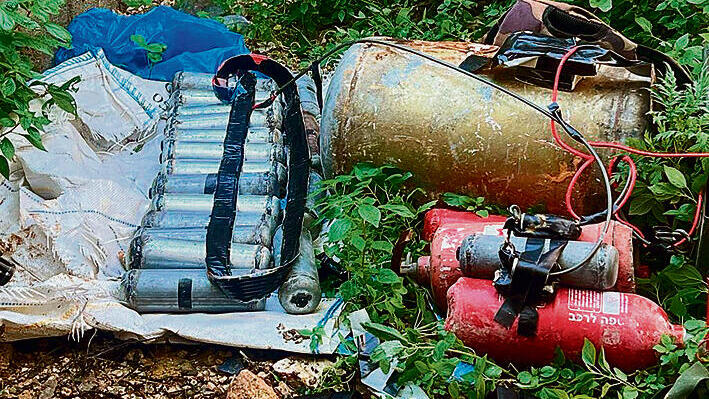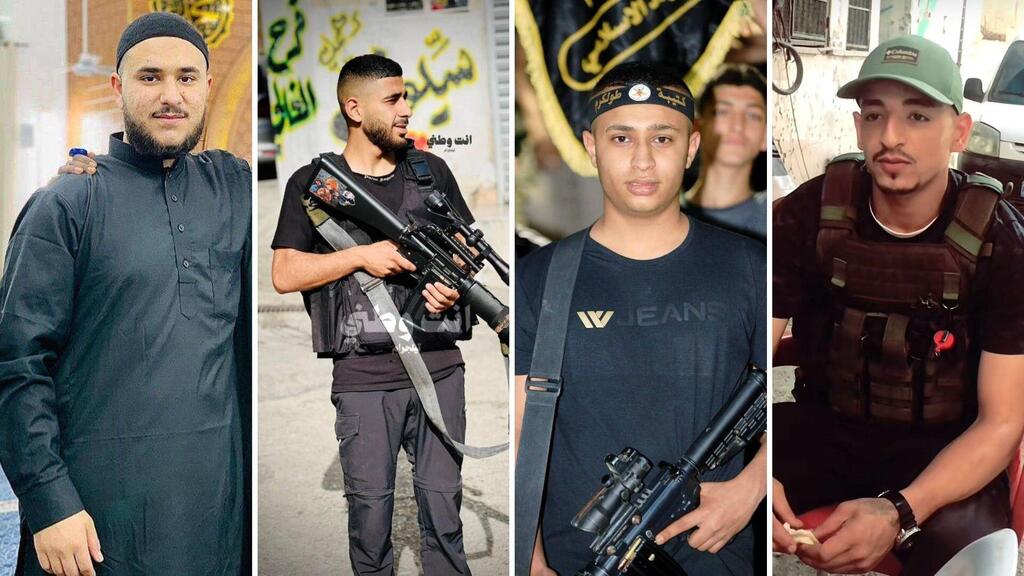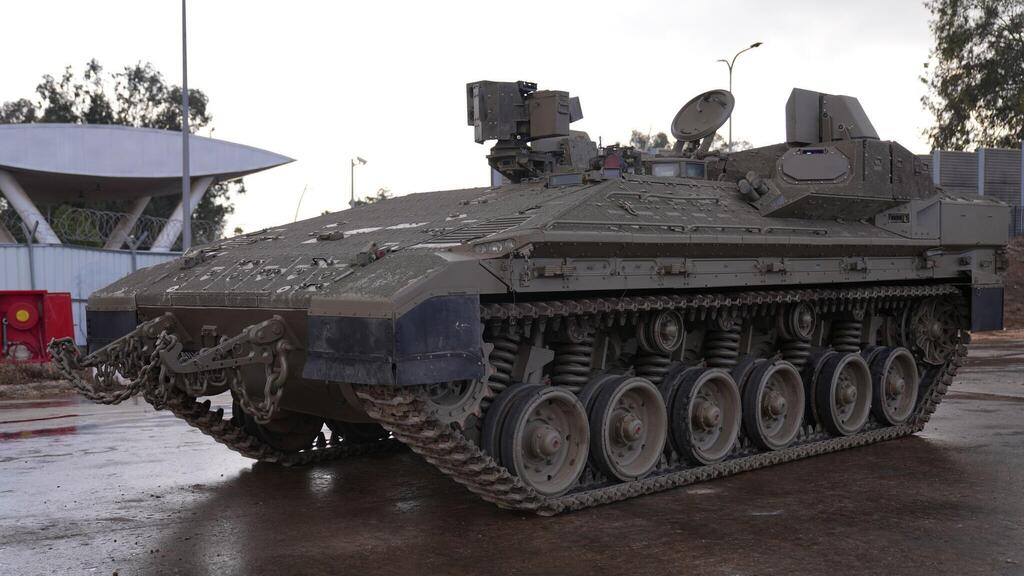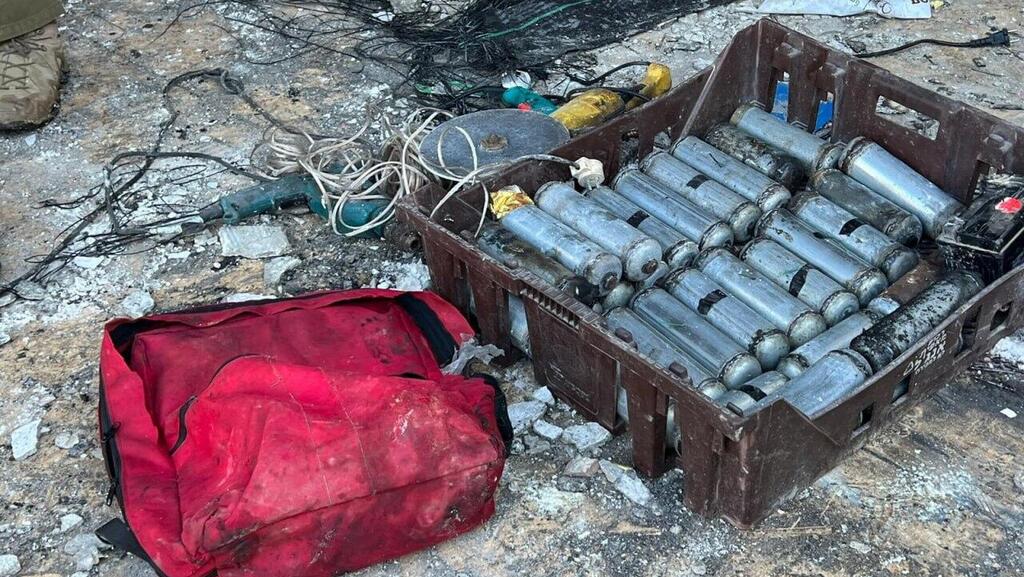Getting your Trinity Audio player ready...
The IDF Central Command last week discussed a series of steps the military can take following increased terrorist activity in the West Bank and the use of buried explosives which resulted in several Israeli casualties.
These include targeting terrorists setting the explosives, prohibiting the entry of fertilizer into the area out of fear they are used to manufacture explosives, inspecting the viability of using APCs in the area for the first time since the Second Intifada, and issuing warnings for Palestinians should this phenomenon continue. The issues were discussed in a special situation assessment held by IDF Central Command chief MG Yehuda Fox.
One of the significant decisions made in the discussion was to increase intelligence surveillance in the area to locate terrorists planting explosive devices in West Bank refugee camps where the IDF regularly operates. Four terrorists were eliminated by an Israeli drone strike after they were located planting explosives in the Nur Shams camp near Tulkarm.
Although no standard explosives like the "Shawaz" seen in Gaza have been identified in the area - despite Iranian efforts to smuggle them through the Jordanian border - thousands of explosives are still scattered across the West Bank, encountered by soldiers in almost every operation in the area. These devices are high-quality homemade explosives that continue to be improved upon.
The military has located simple Iranian instructions for assembling the explosives and operating them remotely.
Over the past year, the IDF has seized or destroyed over 50 weapon and explosive device manufacturing labs. Over 1,000 homemade explosives and hundreds of belly bombs have been found and defused, and over 150 explosives planted under civilian infrastructure have been dismantled.
MG Fox also instructed authorities to halt or limit the transfer of agricultural fertilizers from Israel to the West Bank, after the security officials discovered many of the terrorists' explosives contained these fertilizers, which increased the blast and destruction they caused.
It was also decided to improve military procedures for exposing deeply planted explosives exposed by bulldozers in the area. The move comes after many of the explosives were hidden at a depth of about one and a half meters deep underground.
Aerial intelligence units were also instructed to attempt and identify soil changes along routes leading to military operation targets after seeing fresh planting sites could be located in this manner.
The IDF isn’t ruling out the possibility of sending forces into these operations in heavily armored vehicles, such as the Namer or M113 APCs, for the first time since the Second Intifada. This possibility has come up several times in discussions within the Judea and Samaria Division over the past year but has been shelved until now.
This is because the M113 APCs, which are available in large numbers in the military, are considered less protected than the Namer variants, which are highly protected against explosive threats but are prioritized for fighting on the northern border and Gaza.
Moreover, APCs are less maneuverable in the West Bank’s narrow alleys compared to the Panther and Tigr military vehicles. Another reason concerns the army's fear the step would further deteriorate the situation in the West Bank, which has so far not joined the violence seen in Gaza and the northern border.
The IDF decided to introduce additional countermeasures, mainly via combat engineering and sapping, to uncover hidden explosives.
A military commented on the military’s decisions, saying, "A phenomenon we haven’t yet seen in the West Bank is taking place - the use of standard explosives, bombs, and grenades stolen from the military amid the chaos after October 7, reaching criminal elements within Israel.
“Generally, weapons stolen from the military quickly reach terrorist groups in the area. Moreover, we have mainly seen the use of explosives against soldiers in Palestinian territories, but as time goes on, the risk of them being used against civilians increases as well. Therefore, a comprehensive response has been formulated against this phenomenon."



